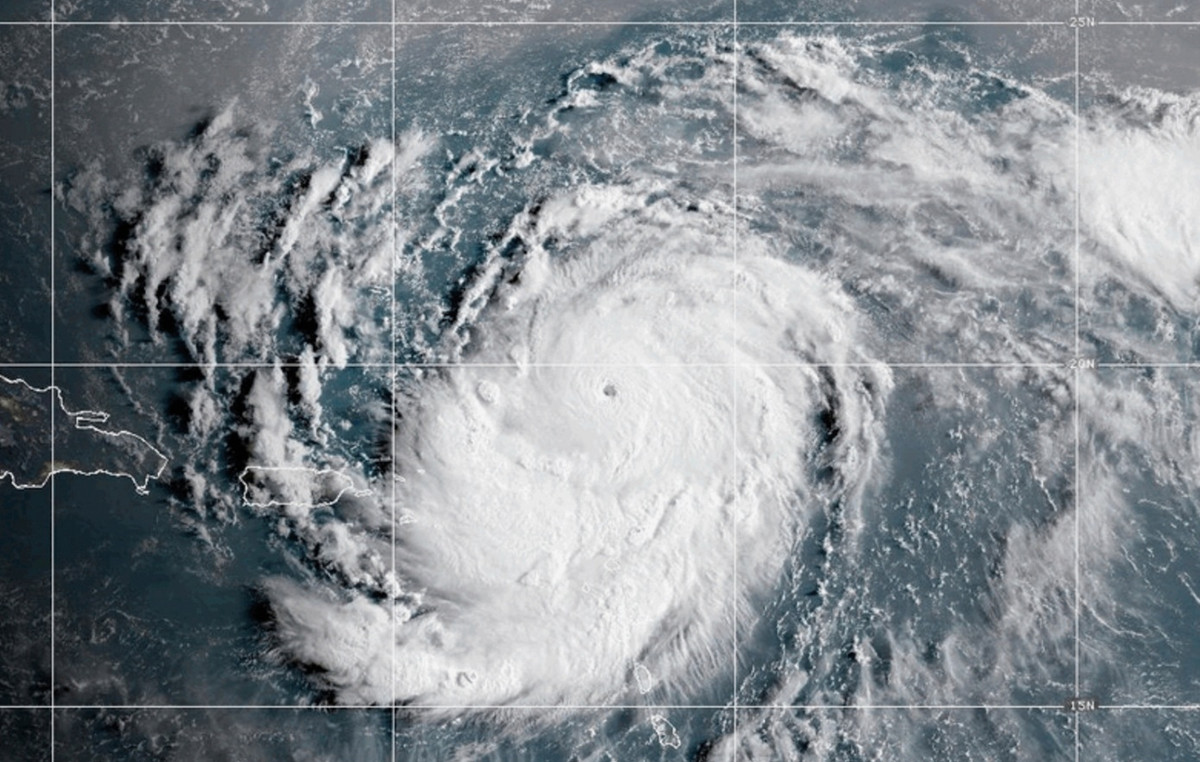NASA's Apollo 11 space mission took man to the Moon for the first time in 1969. More than five decades ago, American astronaut Neil Armstrong set foot on Earth's satellite, but even today conspiracy theories about the historic feat continue to circulate.
On Monday night (19), while talking to other BBB24 brothers, participant Giovanna stated that she did not believe that man had already been to the moon.
“I don't believe. Why [tem] little evidence to begin with, but okay, that justifies it for the time. But the fact that it never came back, especially with technology and interest, especially financial today, does not justify why. Never again, never again”, explained the sister.
However, there is more than one piece of evidence that points to the opposite. Check explanations:
If we went to the Moon, why don't we ever go back?
The main point raised by Giovanna on BBB24 to justify the conspiracy theory is this: why didn't man return to the Moon after the expeditions in the 1970s.
Apollo 17, the last Apollo mission to land astronauts on the Moon, took place in 1972. Since then, humans have never returned.
Throughout the 1970s, there were ambitions to establish a permanent lunar base, but this never happened. This is not a big conspiracy, it is about geopolitics.
During a 2019 talk at the Royal Museums Greenwich, the director of discovery at the UK National Space Centre, Professor Anu Ojha, explained: “The answer is that we have changed our priorities.”
“There was the Vietnam War, but there was also this geopolitical element of thinking: 'We won the race'”, explained the professor, referring to how the priorities of the United States government — and the money available to invest — changed direction .
After having “won the space race” against the Soviet Union and in the midst of a war, the USA decided to direct the millions of dollars needed to send a man to the Moon elsewhere.
Instead, NASA's attention turned to the space shuttle program and, later, the International Space Station, which has been permanently inhabited by teams of astronauts since November 2000.
Still, this doesn't mean that humans can't return to the Moon in the future, and that future seems closer than expected.
Is there any proof that man walked on the Moon?
Yes, there is no greater proof that man set foot on the Moon than the footprint left by Neil Armstrong on the surface of the satellite. She's still there.
With the phrase: “That's one small step for man, one giant leap for humanity”, Neil Armstrong left the first human footprint on lunar soil.
“In 2009, we sent a lunar reconnaissance orbiter to map the lunar surface with a resolution three or four orders of magnitude greater than ever achieved before,” said Professor Ojha. “All Apollo landing sites have been pictured. Absolutely stunning.”
“These footprints, these tracks from lunar vehicles, will maintain their integrity for millions of years. No matter what we do to ourselves as a civilization, we truly leave our mark on the cosmos,” she explained.
What was the Apollo 11 mission like, which took man to the Moon?
The third stage of the Saturn V rocket took astronauts Neil Armstrong, Buzz Aldrin and Michael Collins, in 1969, to the natural satellite.
The program to put the first man on the Moon emerged in 1961, when the then President of the United States, John F. Kennedy, committed the country to putting a man on the lunar soil by the end of the decade, during the Cold War.
The Apollo 11 program greatly accelerated the world's interest in exploring the Moon. To ensure that human crews could safely land on and depart from the lunar surface, it was important to understand the environment, surface, and processes.
With this, NASA developed robotic precursors that would collect valuable information to constitute the first scientific exploration of another planetary body.

Some mapping missions sent images to Earth that ensured the safety of the ground.
The entire Apollo 11 launch preparation lasted eight hours on July 20, 1969. Neil Armstrong and Buzz Aldrin landed safely in Mare Tranquillitatis (Sea of Tranquility) that day. Michael Collins stayed inside the rocket.
Astronauts walked on the Moon for more than two hours, collecting rocks and soil and assembling experiment packages.
Using Apollo 11 samples, NASA studied ancient volcanic lava, which crystallized more than 3.6 billion years ago.
The collections also showed that lunar soil is similar in chemical composition to Earth's rocks, but is extremely dry, with no evidence of any significant water on the Moon, past or present.
The crew landed in Hawaii on July 24.
Source: CNN Brasil
Charles Grill is a tech-savvy writer with over 3 years of experience in the field. He writes on a variety of technology-related topics and has a strong focus on the latest advancements in the industry. He is connected with several online news websites and is currently contributing to a technology-focused platform.







